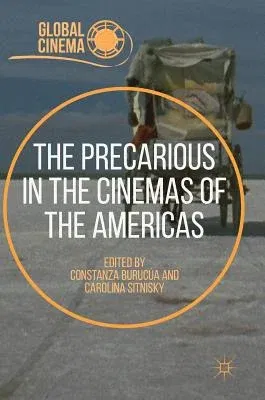The Precarious in the Cinemas of the Americas (2018)Hardcover - 2018, 14 June 2018

Qty
1
Turbo
Ships in 2 - 3 days
In Stock
Free Delivery
Cash on Delivery
15 Days
Free Returns
Secure Checkout

Part of Series
Global Cinema
Print Length
301 pages
Language
English
Publisher
Palgrave MacMillan
Date Published
14 Jun 2018
ISBN-10
3319768069
ISBN-13
9783319768069
Description
Product Details
Book Edition:
2018
Book Format:
Hardcover
Country of Origin:
NL
Date Published:
14 June 2018
Dimensions:
21.01 x
14.81 x
2.69 cm
ISBN-10:
3319768069
ISBN-13:
9783319768069
Language:
English
Location:
Cham
Pages:
301
Publisher:
Series:
Weight:
680.39 gm